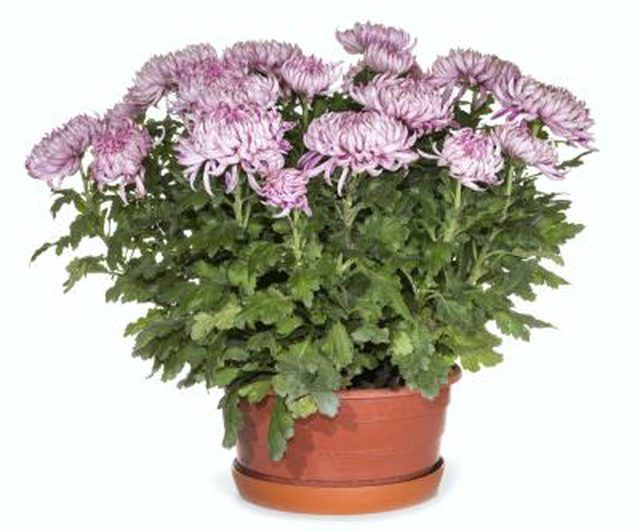Bulbs
Flower Basics
Flower Beds & Specialty Gardens
Flower Garden
Garden Furniture
Garden Gnomes
Garden Seeds
Garden Sheds
Garden Statues
Garden Tools & Supplies
Gardening Basics
Green & Organic
Groundcovers & Vines
Growing Annuals
Growing Basil
Growing Beans
Growing Berries
Growing Blueberries
Growing Cactus
Growing Corn
Growing Cotton
Growing Edibles
Growing Flowers
Growing Garlic
Growing Grapes
Growing Grass
Growing Herbs
Growing Jasmine
Growing Mint
Growing Mushrooms
Orchids
Growing Peanuts
Growing Perennials
Growing Plants
Growing Rosemary
Growing Roses
Growing Strawberries
Growing Sunflowers
Growing Thyme
Growing Tomatoes
Growing Tulips
Growing Vegetables
Herb Basics
Herb Garden
Indoor Growing
Landscaping Basics
Landscaping Patios
Landscaping Plants
Landscaping Shrubs
Landscaping Trees
Landscaping Walks & Pathways
Lawn Basics
Lawn Maintenance
Lawn Mowers
Lawn Ornaments
Lawn Planting
Lawn Tools
Outdoor Growing
Overall Landscape Planning
Pests, Weeds & Problems
Plant Basics
Rock Garden
Rose Garden
Shrubs
Soil
Specialty Gardens
Trees
Vegetable Garden
Yard Maintenance
How to Pinch Back Plants to Make Them Branch Out
How to Pinch Back Plants to Make Them Branch Out. Pruning plants keeps them tidy, promotes good air circulation to mitigate disease, provides cuttings to propagate more plants and makes some plants bushier. Perhaps the simplest pruning method is pinching. You can help some plants to branch out by making a little pinch here and there with no special...

Pruning plants keeps them tidy, promotes good air circulation to mitigate disease, provides cuttings to propagate more plants and makes some plants bushier. Perhaps the simplest pruning method is pinching. You can help some plants to branch out by making a little pinch here and there with no special tools except your fingers.
Why to Pinch
Some pruning methods reduce plant size significantly. Pinching, however, prunes only the shoot tips or small stem sections. Inside the shoot tips are the highest concentrations of food reserves and growth hormones, which feed the dominant buds. If you remove the shoot tips by pinching them, the side buds begin to branch because they receive more food and growth hormones. This side branching produces more flowers and makes plants stockier, which often eliminates the need to stake them.
How to Pinch
If you grasp a herbaceous stem between your thumb and forefinger, it is typically simple to pinch smaller stems and remove the shoot tip. Sometimes a simple snapping motion helps remove a thicker stem. Fingernails make pinching even easier. Remove the stem tip or a short stem section just above a node or leaf bud. A node is a point where a new branch will grow. Wash your hands in soapy water before pinching subsequent plants so that you do not transmit a disease from an infected plant to a healthy one.
When to Pinch
Pinch stem tips of most summer-blooming perennials early in their growing season. Wait to pinch some plants, such as "Autumn Joy" sedum (Sedum x "Autumn Joy"), a perennial in U.S. Department of Agriculture plant hardiness zones 5 through 9, until they are 8 inches tall. Garden mums (Dendranthema x grandiflorum), which are hardy in USDA zones 5 through 9, depending on cultivar, respond best to multiple pinchings that are spaced during their growing season. Remove the top 1 inch of each 6-inch-long shoot by pinching it, and pinch again when the new growth is 6 inches tall. Make the last pinch no later than three months before a variety’s bloom time. For example, pinch mid-September-blooming varieties no later than mid-June.
Plants to Pinch
Coleus (Coleus x hybridus) and petunia (Petunia x hybrida), both of which are perennial in USDA zones 9 through 10, branch out and stay tidier when pinched. Nonpruned beebalm (Monarda didyma) and garden phlox (Phlox paniculata), both of which are perennial in USDA zones 4 through 8, typically need staking. If you pinch them early in their growing seasons, though, they will produce more flowers and have stockier growth that can stand up better to heavy wind and rain without falling over.